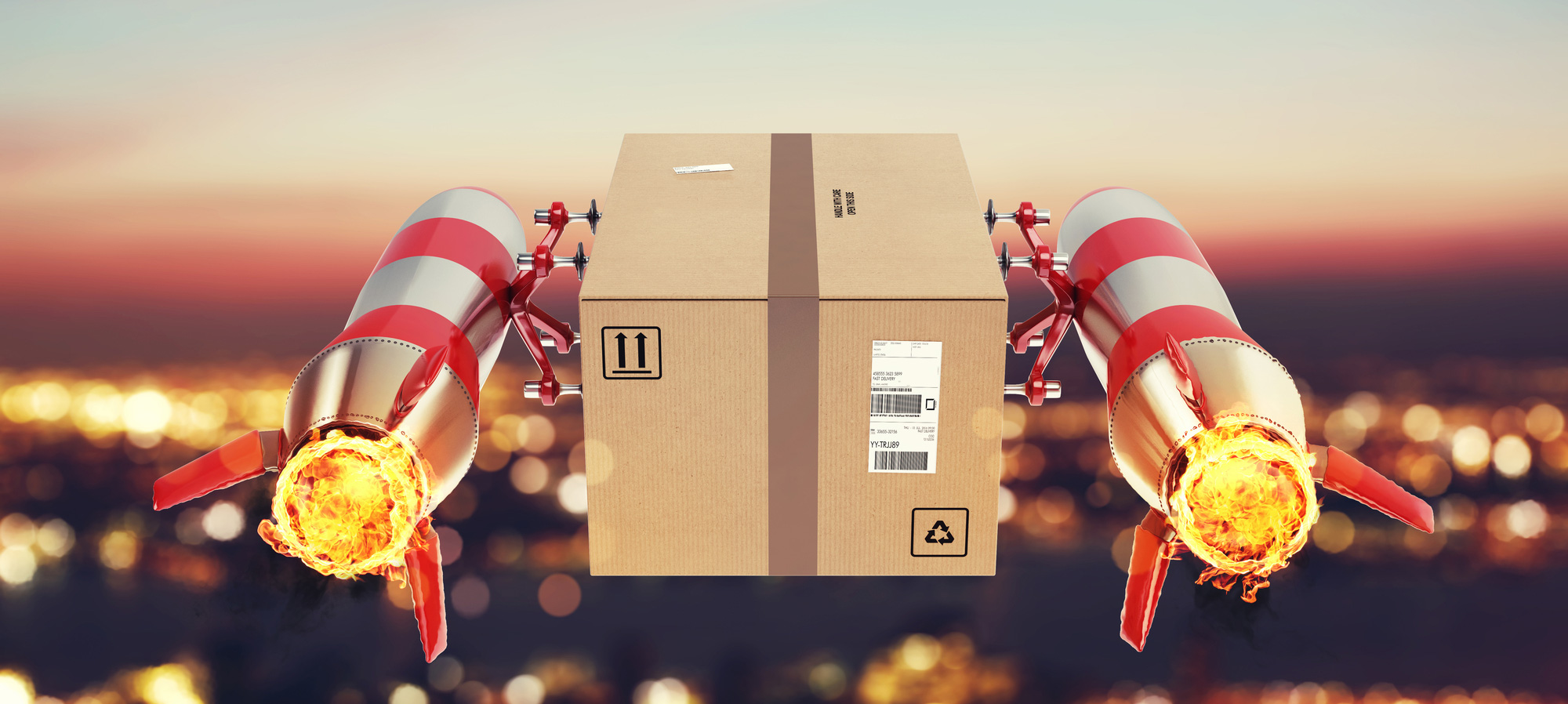THE FACTS
Successful supply chain management involves the integration of technology that creates operational excellence from placement of purchase orders through to final destination – the end customer.

Businesses globally rely on the success of their supply chain to respond to the ever-changing, high expectations of the modern-day consumers’ demands. But what essential components make up a successful and efficient supply chain, and what can businesses do to ensure they effectively leverage technology to achieve the best results?
STAY HEALTHY!

Just as we humans require regular health checks to ensure we can remain healthy and operate to achieve our daily goals, a supply chain also requires periodic evaluation of its ‘health status.’ A careful appraisal of end-to-end supply chain processes ensures businesses can streamline their operations, mitigate risk, minimize potential disruption, and subsequently meet customer needs while protecting the bottom line. It’s at this point that technology providing real time actionable data-driven insights, such as that offered by Gravity’s orchestrated supply chain visibility platform, comes into its own.
1. VISIBILITY

According to McKinsey & Co.’s ‘The Human Side Of Digital Supply Chains’ report, in almost all supply chain problems, the first and most fundamental requirement is visibility! Utilizing analytics and data-driven strategies enabled by technology can help businesses achieve:
- a complete overview of the end-to-end supply chain
- factory/on quay ready to ship transparency
- cost-saving opportunities
- opportunities to identify and mitigate risk
- full insights into goods in transit, through transshipment, landside arrival, customs clearance, overland, receipt at DC
2. ACCURACY OF DATA

Forbes article, “Ten Ways Big Data Is Revolutionizing Supply Chain Management” clearly proves it is business-critical for forward-thinking supply chain managers to utilize accurate data. This data is not only:
- streamlining processes
- improving accuracy
- accelerating delivery
- reducing costs
It is also enabling complex supplier networks focused on collaborating through the analysis and insights gained from accurate data to create significant value-add.
3. CONNECTIVITY

The interconnection and interoperability of digital supply chain and logistics systems is a fundamental requirement. This connectivity enables tracking, traceability, and trustability to take place with ease and certainty. McKinsey & Co.’s ‘Supply Chain 4.0 – the next generation digital supply chain’ assesses how the application of IoT, the use of Big Data and advanced analytics create:
- essential global networks
- automation of previously manually performed tasks
- opportunities for the analysis and improvement of processes
- Improved customer satisfaction
4. ON-TIME, IN-FULL

Global supply chains are ‘behind the eight ball’ when it comes to ensuring the modern-day consumer’s high expectations and demands get met. Speed and precision are key drivers to successful supply chains, as reported in McKinsey & Co.’s ‘Deliver on time or pay the fine’ report. Using technology to optimize your supply chain provides businesses with:
- real time insights
- improved efficiency
- enhanced productivity
- the ability to meet customers demand
5. TRACEABILITY

Information relating to traceability is more granular than that required for transparency as it relates to individual ingredients or components rather than the supply chain as a whole. Deploying intelligent supply chain software, like Gravity’s platform, connects all parties within the supply chain to provide full transparency, audit, and accountability opportunities that offer numerous benefits such as:
- Integrity
- Product tracking from source to end consumer
- Risk management
6. LANDED COST MODEL

All businesses, regardless of location, industry, or vertical, strive to cut costs and increase revenue, and the supply chain is no exception!
Landed costs – the costs associated with a product from the time a purchase order gets issued, to the time it gets received by the end consumer can quickly impact the business bottom line if not managed well. Competitive pricing is critical to every business’ success, and so analysis into costs incurred throughout the supply chain must be regularly performed. Key areas to evaluate are:
- raw material and component pricing
- production costs
- freight costs, customs clearance, and import duties
- currency conversion
So, what is the purpose of identifying the overall health of your supply chain? It is essential businesses identify and address any weak links within the supply chain to ensure it is strong enough to survive any potential disruption, continue to meet demand, and scale.
If you would like to learn more about the Gravity platform and how it can help keep your supply chain healthy and fully functional, please contact us. Together we are stronger!




